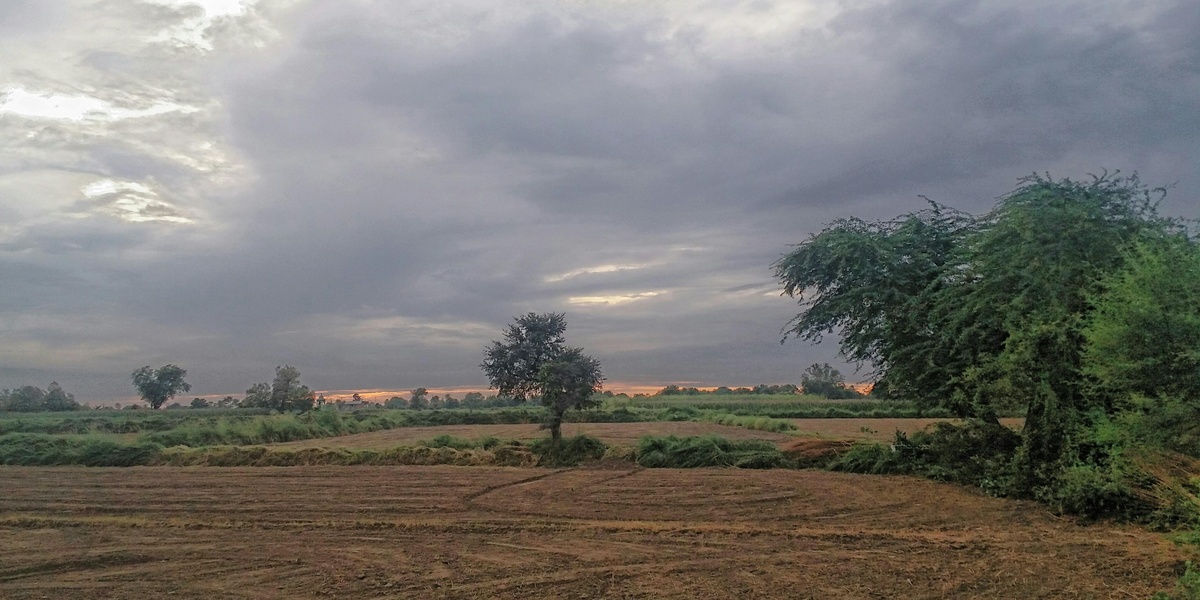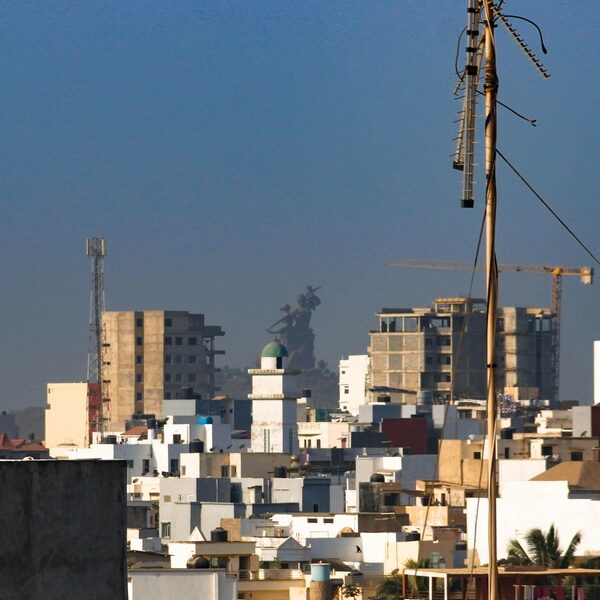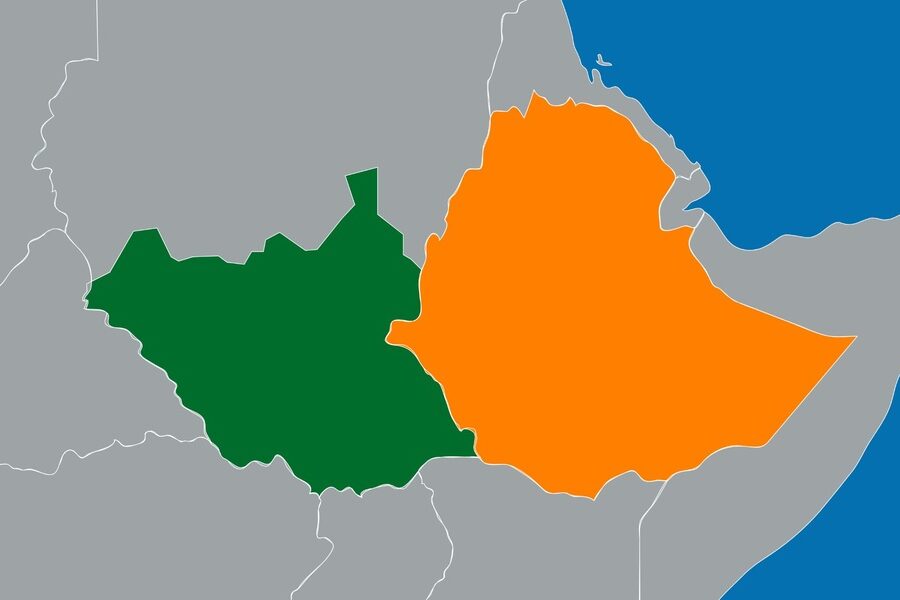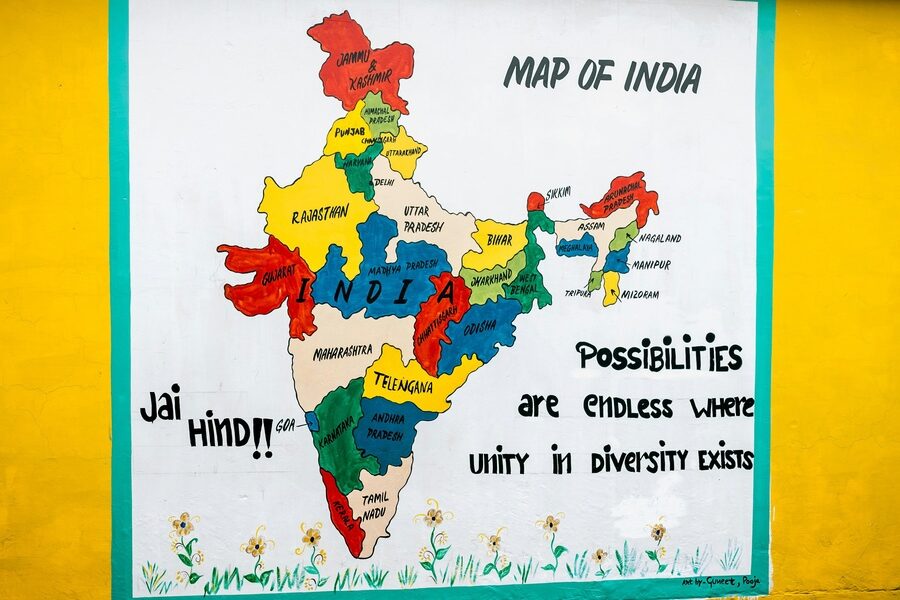On July 9, 2011, South Sudan became the world’s newest country — a fresh start with vast natural wealth and a people rebuilding social and economic life.
That youthful independence matters because it left space for new institutions, new businesses, and new social patterns to take shape. The population is roughly 11 million and the median age is about 18–19, which means opportunities and tasks are both immediate and generational.
These are ten benefits of living in South Sudan.
The list below walks through concrete advantages across economic, cultural, environmental and future-potential categories — from oil-driven jobs and Nile-fed farms to lively community ties and growing clean-energy options.
Economic opportunities and natural resources
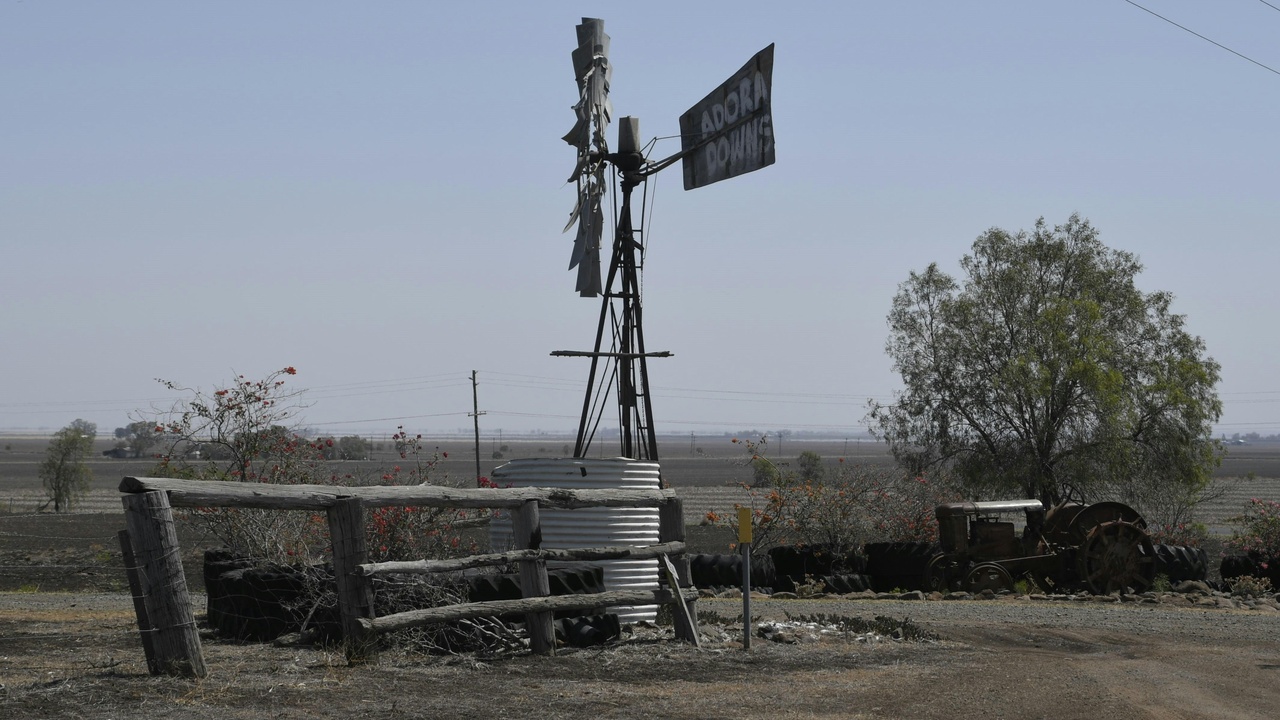
The benefits of living in south sudan often begin with its resource base: oil revenues, wide swaths of fertile land along the Nile, and a busy informal market economy. These pillars combine to create both formal employment and daily income opportunities for residents.
Below are two big ways the economy translates into tangible benefits for people on the ground.
1. Oil and resource-driven employment
Oil and other natural resources provide immediate employment and revenue opportunities, with oil historically accounting for roughly 95–98% of export earnings. Since independence on July 9, 2011, oil has been central to state financing and to private-sector jobs around production hubs.
Work ranges from extraction and pipeline maintenance to transport, security, and local services that support oil camps. International oil companies and joint ventures — historically including players like CNPC in partnerships with the government — bring managerial, technical, and contractor roles that train local staff.
Production has varied, but has been on the order of 100,000–200,000 barrels per day in recent years, creating both revenue and a cluster of supporting businesses. Market swings are a risk, but the immediate effect for many communities has been jobs and infrastructure investment.
2. Agricultural potential and arable land
South Sudan’s Nile floodplains and seasonal wetlands offer promising land for farming and livestock; roughly 70–80% of the population works in agriculture in some form. That makes agriculture both a cultural mainstay and an economic opportunity.
Subsistence farming feeds communities, while commercial potential exists for sorghum, maize and cattle exports. Irrigation projects along the White Nile can turn seasonal floods into reliable growing seasons, and NGOs and the World Bank have supported smallholder programs to boost yields.
Newcomers with agricultural know-how can partner with local families or lease land for small commercial plots; pastoralists’ cattle-herding traditions also support meat and dairy commerce that links rural producers to urban markets.
Community, culture, and social life
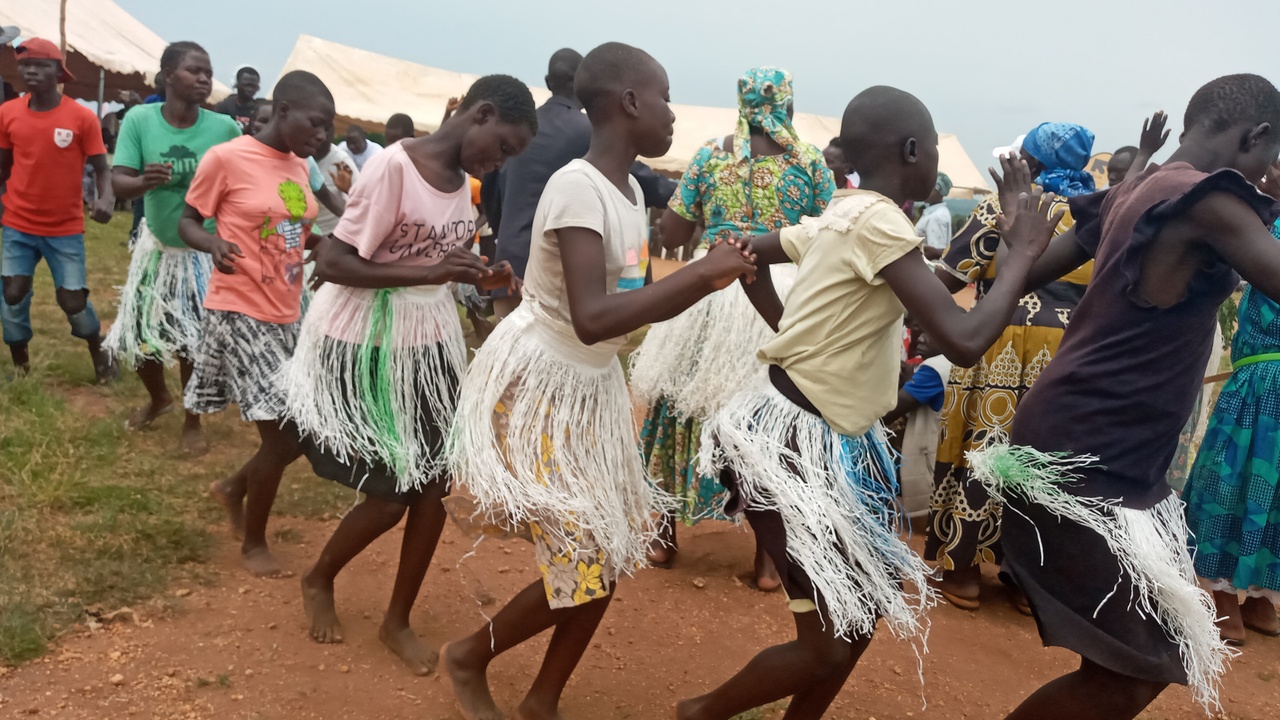
3. Strong community ties and mutual support
Communal life and extended-family networks provide practical support newcomers often notice right away. Hospitality, shared labor for planting or building, and clan-based safety nets translate into housing, childcare and startup capital for people who are plugged into community ties.
A simple example: a market vendor who pooled family savings to expand a stall into a small shop — that pooling of capital and labor is common, and it reduces the barriers to starting a business. Expatriates and returnees often find partners, staff, and customers through those same networks.
4. Rich cultural heritage and language diversity
South Sudan is home to dozens of ethnic groups, each with distinct languages and cultural practices; major groups include the Dinka, Nuer, Shilluk and Zande. English is an official language alongside many local tongues, which helps link communities to regional and international institutions.
Cultural festivals, cattle-related ceremonies among the Dinka, seasonal Nuer practices and lively market gatherings keep traditions alive and create modest tourism and research opportunities. The diversity of languages and customs is a living asset for community identity and cultural enterprises.
Lifestyle and natural environment

5. Direct access to the White Nile and freshwater resources
Living near the White Nile shapes transport, diet and work — the river cuts through Juba and supports fishing, small cargo transport and local livelihoods. Boat traffic links riverside towns and supplies city markets with fresh fish and produce.
Real-world examples include passenger and cargo boats between Juba and upriver communities and fish stalls in Juba’s markets that supply households and restaurants. Small-scale irrigation fed by the Nile also gives farmers a chance to smooth production across seasons.
6. Wildlife, parks, and ecotourism potential
South Sudan contains large protected areas and rich wildlife that create lifestyle and tourism benefits. Parks such as Boma and Bandingilo host seasonal migrations and hundreds of bird species, offering scope for guided nature trips and research visits.
Community-run eco-lodges, local guides and small safari operations can serve niche tourists and researchers. Security and infrastructure currently limit mass tourism, but for residents and entrepreneurs close to these parks, the potential for birdwatching, guided treks and cultural visits is real.
7. Low cost of living and affordable land
Day-to-day costs and land prices in many parts of South Sudan are lower than in regional capitals like Nairobi or Addis Ababa, which helps families and small businesses stretch limited capital further. Affordable housing and plots mean larger household sizes and easier entry into farming or commerce.
Returnees and expatriates often find inexpensive farmland or rental housing and use savings to open market stalls, guesthouses or cafes. That lower-cost environment reduces the upfront capital needed for small agri-enterprises and service businesses.
Future potential: demographics, energy, and trade
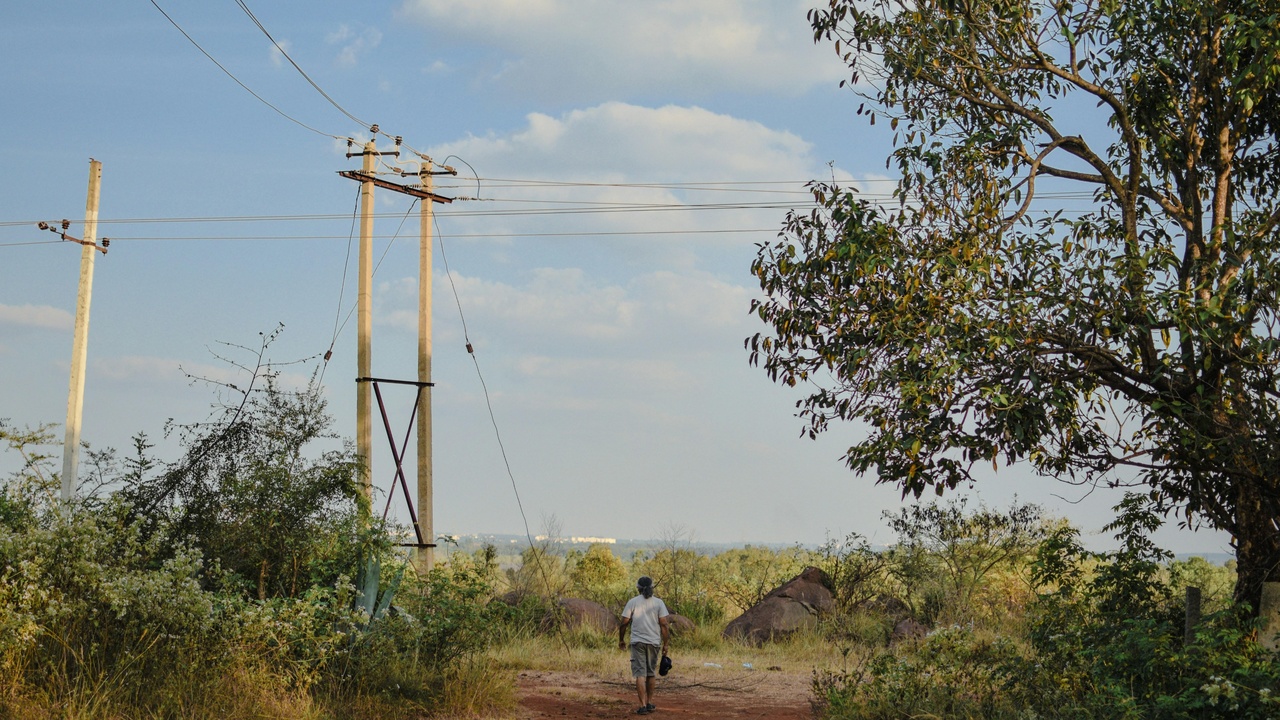
South sudan’s characteristics also include forward-looking factors: a young population, strong solar resources, and borders that place the country along regional trade routes. The 2018 Revitalised Agreement has helped open space for development projects and cross-border commerce.
These trends suggest where new jobs and services may appear in coming years.
8. A youthful population and entrepreneurial energy
With a median age around 18–19, South Sudan has a large, young workforce ready to start small businesses, work in the informal sector, or join vocational training programs. Youth energy shows up in market stalls, motorcycle-taxi services and nascent social enterprises in Juba and beyond.
Examples include motorcycle taxis, market vendors expanding into small retail shops, and youth-led NGOs or mobile initiatives that provide services like phone top-ups and transport. With training and modest capital, young people often become the backbone of local commerce.
9. Renewable energy and off-grid solutions
High solar irradiance across most of South Sudan makes it a prime place for off-grid energy solutions where the central grid is weak or non-existent. That gap creates demand for solar home systems, mini-grids and solar pumps.
Practical applications include solar lighting and phone charging for households and schools, solar-powered irrigation pumps for small farms, and community mini-grids installed by NGOs or local entrepreneurs. These systems improve livelihoods and open opportunities for energy-service businesses.
10. Strategic location and regional trade corridors
South Sudan borders Sudan, Ethiopia, Uganda, Kenya and the Central African Republic, placing it at a crossroads for regional trade. Corridors through Uganda and Kenya connect producers to ports like Mombasa and to large regional markets.
A concrete scenario: a Juba-based trader selling sorghum or cattle can use trucking routes through Uganda to reach buyers in Kampala or onward to Mombasa, creating demand for logistics, warehouses and transport services. Since independence on July 9, 2011, cross-border commerce has been a persistent pathway to income.
Summary
- Oil revenues and related jobs remain central to the economy, driving formal employment and local service sectors.
- The White Nile and large tracts of arable land support farming, fishing and irrigation-based enterprises that employ most people.
- Strong community networks and rich cultural traditions provide social safety nets and opportunities for market and cultural enterprises.
- Wildlife parks, low living costs, abundant solar energy and a youthful population point to growth areas for tourism, renewables and small businesses.
July 9, 2011 marked a beginning, and the 2018 Revitalised Agreement has helped open room for development; taken together, these facts will help you weigh if South Sudan is worth considering as a living destination.

